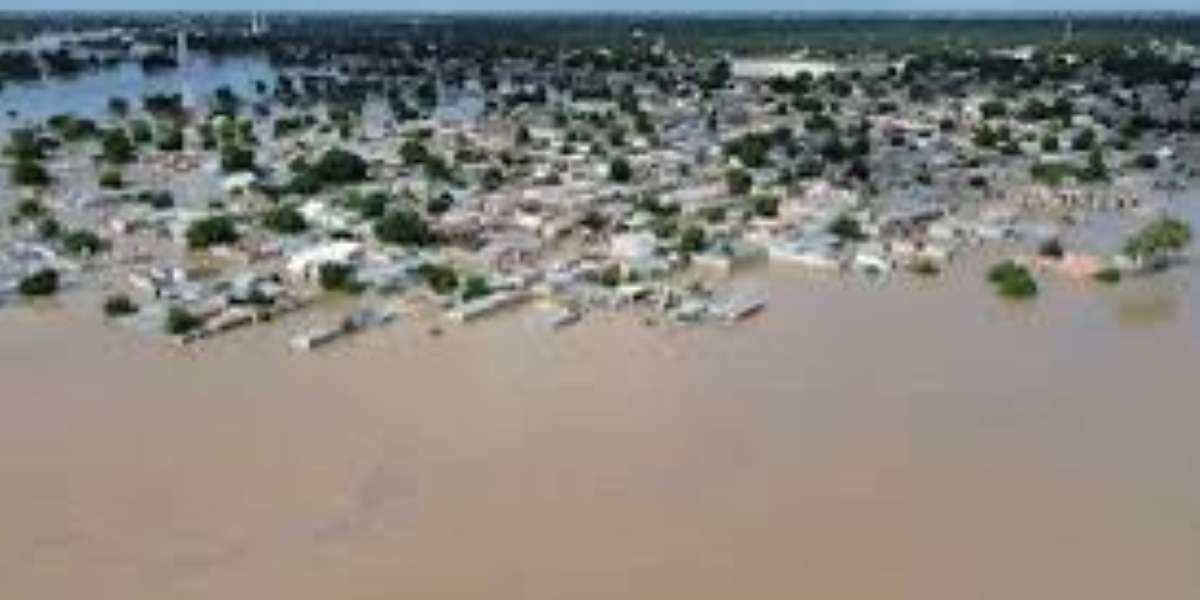On August 4, a period of torrential rain struck Lagos, leading to widespread flash flooding. In one viral video, a resident in Oko Ope, Ijede, cried out in the early morning: “Come and save us; today is the 4th of August, 2025,” as water rose around her home and submerged vehicles. She added that flood waters prevented access to her house and had damaged everything in sight
In another clip from Igbogbo‑Bayeku in Ikorodu, a resident described the scene as if "we are living in the ocean," with entire compounds and tricycles nearly underwater.
These harrowing images captured the urgency and despair spreading across affected communities.
Early Monday morning and into the early hours, Lagos experienced heavy rainfall that overwhelmed drainage infrastructure. Major roads including Lagos‑Abeokuta Expressway, Ikorodu Road, Apapa‑Alimosho routes, Lekki axis, Agege, Oworosonki, Ikotun, and others were submerged, resulting in gridlock and stranded vehicles. Many homes and shops were flooded as well, disrupting normal business activity
In response, Lagos State’s commissioner for environment and water resources, Tokunbo Wahab, assured residents that the ongoing drainage project in Ikorodu was underway. He emphasized that the current disruption is temporary and that the construction of culverts and drainage infrastructure would provide a long‑term fix.
Earlier in July, the Nigeria Hydrological Services Agency had issued warnings of increased flood risks across Lagos and other states due to persistent heavy rainfall
With the rainy season in full effect, Lagos faces renewed scrutiny of its urban infrastructure and resilience planning. Citizens are demanding immediate relief efforts and stronger governance to handle recurring flood threats. The plea “come rescue us” echoes more than just a cry for help—it signals the pressing need for sustainable solutions.








